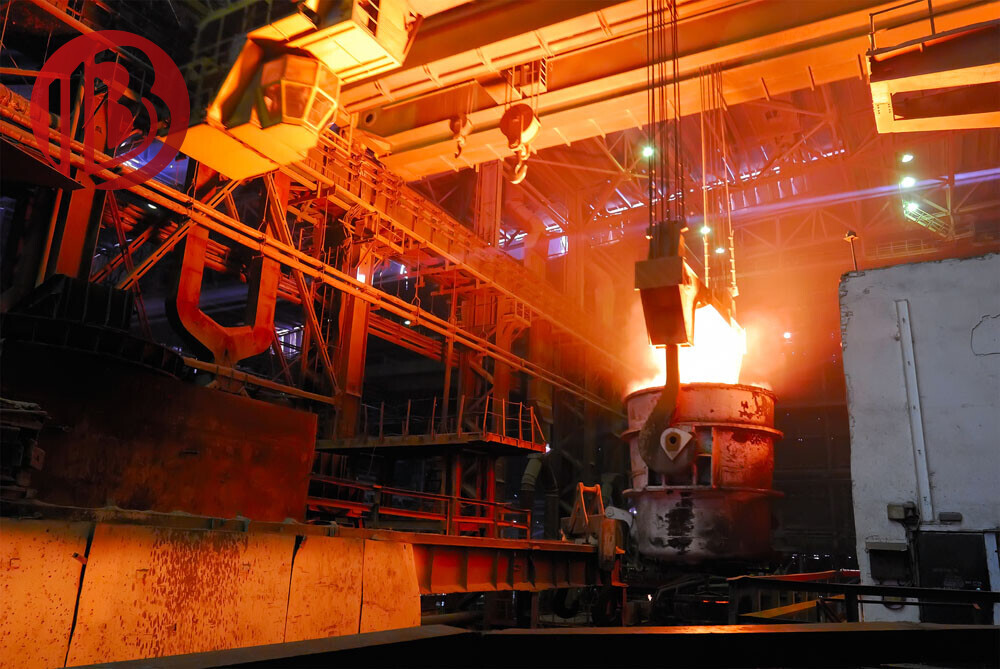NEWS

1. What are the grades of stainless steel?
Stainless steel is divided into multiple grades according to its composition and performance to meet different application requirements. The main stainless steel grades include:
304 stainless steel: commonly used austenitic stainless steel with good corrosion resistance and weldability, suitable for food processing, kitchen utensils, etc.
316 stainless steel: contains molybdenum, has stronger corrosion resistance than 304 stainless steel, suitable for marine environment, chemical industry and medical equipment and other fields.
430 stainless steel: belongs to ferritic stainless steel, with low cost and relatively general corrosion resistance, mostly used for decorative materials.
201 stainless steel: low nickel content, more economical price, slightly lower corrosion resistance than 304, suitable for household appliances and kitchen utensils, etc.
2. Stainless steel surface classification
Stainless steel surface treatment processes are diverse, and common surface classifications include:
2B surface: smooth and matte surface, suitable for industrial fields, with corrosion resistance and oxidation resistance.
BA surface: bright surface, after annealing treatment, it achieves a mirror effect, often used in kitchen utensils and home appliances appearance.
8K mirror: high-gloss mirror treatment, suitable for high-end decoration and architecture.
Brushed surface: the surface has a brushed texture, beautiful visual effect, widely used in decoration and furniture.
3. What are the smelting process technologies of stainless steel?
The smelting process of stainless steel is relatively complicated. The following are common smelting methods:
Electric furnace smelting: heating by equipment such as electric arc furnace or resistance furnace to reach the high temperature required for melting stainless steel.
AOD refining: oxygen-argon refining (AOD) method is a commonly used stainless steel refining process. Through mixed blowing of oxygen and argon, the removal of carbon and impurities is controlled.
VOD refining: vacuum oxygen decarburization (VOD) blows oxygen in a vacuum environment to reduce carbon content, reduce impurities, and improve the purity of stainless steel.
Secondary refining: After electric furnace smelting, stainless steel is subjected to secondary refining, such as vacuum treatment or argon blowing, to improve its purity and performance.
Different smelting processes and surface treatment methods make stainless steel suitable for a wider range of industrial, living and construction uses.
If you are interested, please contact us. We are a professional steel production factory with a large inventory and can provide preferential quotations.
Leave A Message
If you are interested in our products and want to know more details, please leave a message here, we will reply you as soon as we can.

